One of the most appreciated pieces of the Merseburger Domstiftsbibliothek , that is, the library of the Chapter of the Cathedral of Merseburg, is a medieval liturgical manuscript that contains an unusual palimpsest dated between the 9th and 10th centuries:a set of two magical formulas in verse, written in ancient German and with a pagan theme, since it is about two separate spells. This is why the volume has been given the suggestive name of Die Merseburger Zaubersprüche (The Enchantments of Merseburg).
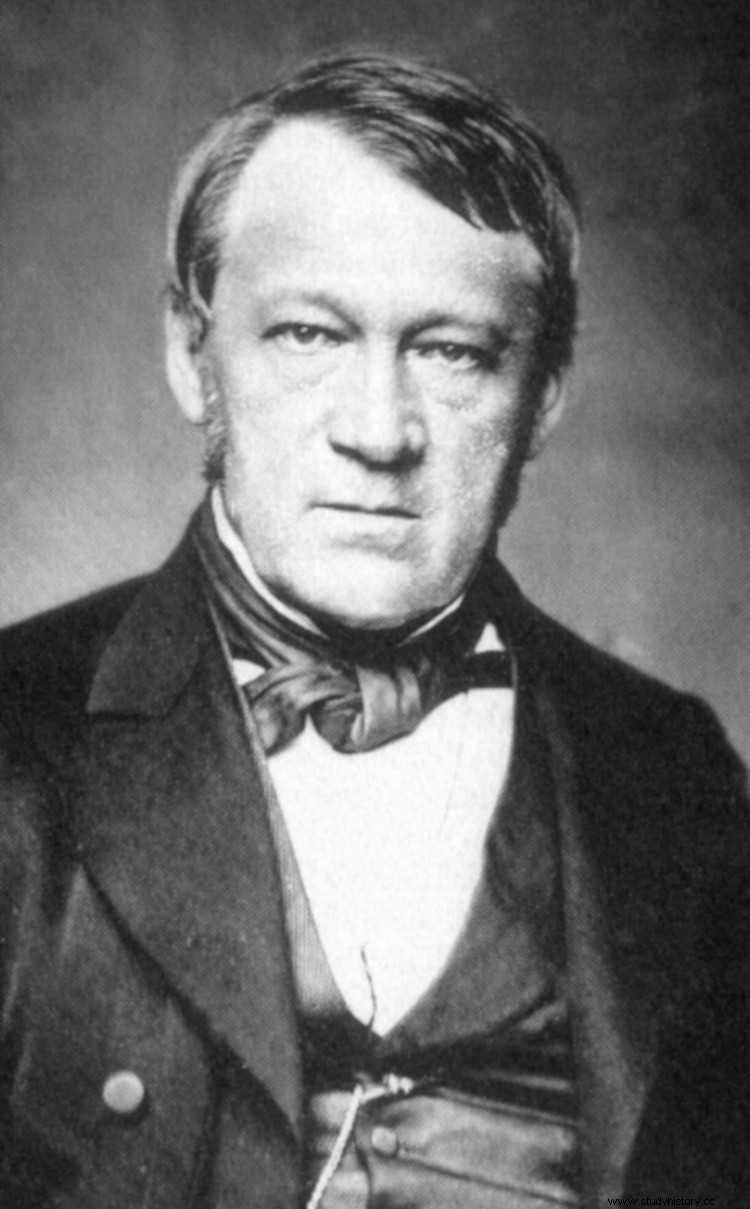
The book was discovered in 1841 by Georg Waitz, a natural historian from Flensburg (Duchy of Schleswig), a student of Ranke and a specialist in the history of the German Middle Ages (he co-authored, with his colleague Georg Heinrich Pertz, the colossal Historic Germaniae Monument ). Waitz found the missal in the abbey of the Hessian city of Fulda, where its presence was recorded at least since the year 990 AD:it was an interesting copy in itself, but it had the addition that someone had taken advantage of some blank pages to add texts extra.
The one on 16 was a baptismal vow and the one on 53 was a fragment of a prayer. But the really striking ones were in 85 (actually one less, as the pagination was wrong):it ended with a Latin sentence but before that there were a couple of magic spells derived from pagan Germanic mythology which are the only surviving examples of it. in Old High German.
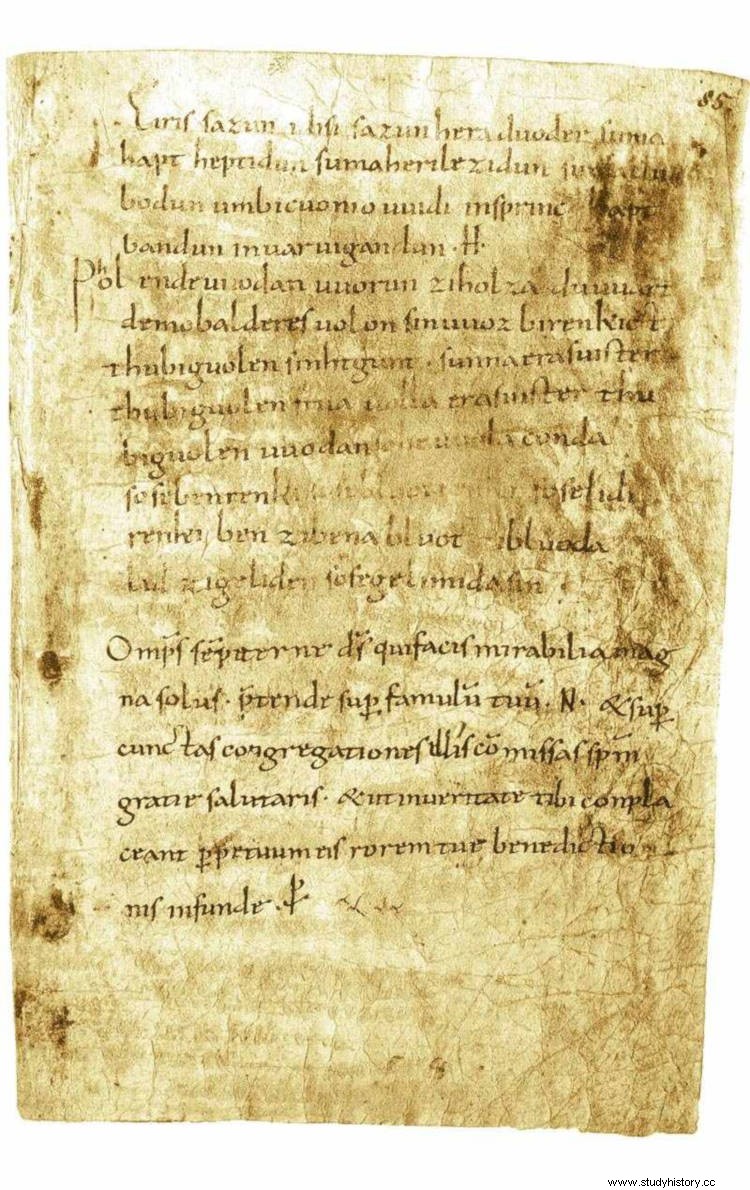
They were probably also written by a monk of the scriptorium of Fulda, as paleographers deduce from its typeface (fulda, a local minuscule form of carolina), although the scribe was not the same one who wrote the final sentence. They are in verse, with characteristic metrical elements of the time that denote a change in the type of composition, going from total rhyme to final rhyme:this is the case of the langzeile (long rhyme), the monostitch (continuous repetition of a similar line) or the stabreim (alliteration).
For their part, philologists are not clear on how to classify the dialect, whether it is Thuringian, Rhine Franconian, East Franconian… Nor do they agree on the dating of the original text; let us remember that the piece is from the 10th century but the content is a copy of a pagan myth that 19th-century German researchers traced back to the 3rd or 4th centuries AD. while today it is believed to be closer to its date of writing, around the year 750, enough to be prior to the generalization of Christianity. The difference must be placed in its context, the birth of German romanticism and the mythologizing of its myths, forgive the redundancy.
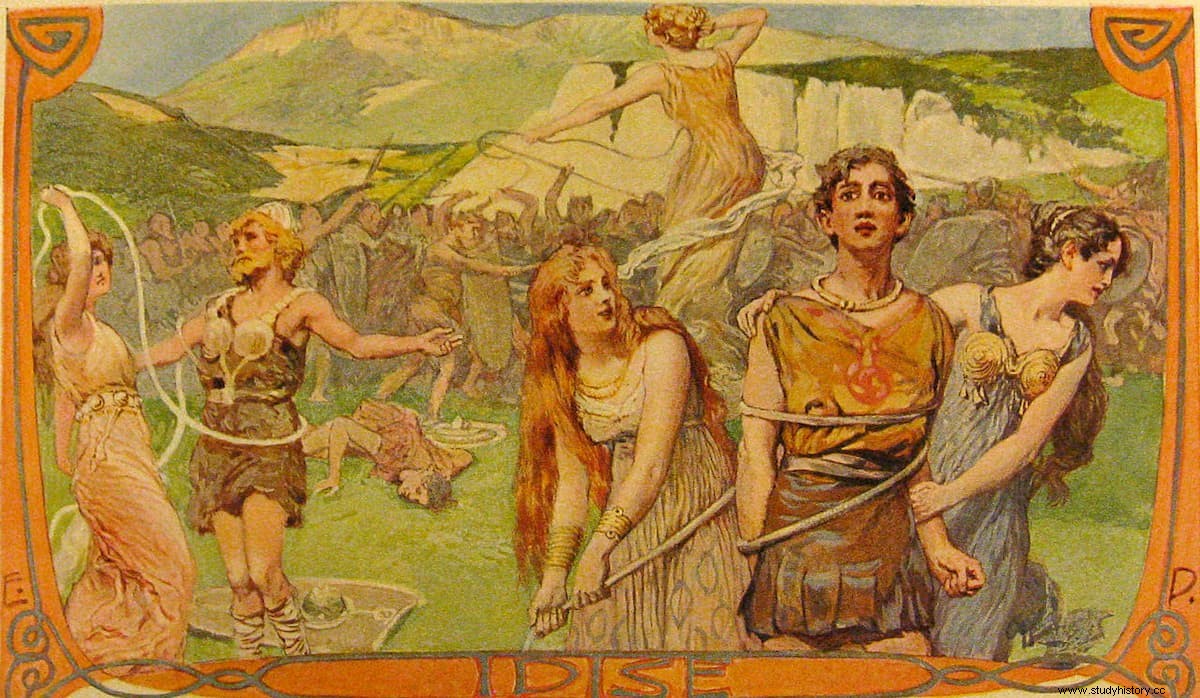
And what do The enchantments of Merseburg say? ? They consist of an introductory historical preamble to make sense of what comes after, which is the spell itself. The first spell is what is called a lösesegen , a magic formula to free yourself from ties thanks to the intervention of the disir or idisen (a dis it was a female spirit protector of a clan, a kind of goddess or fairy, although it was usual to refer to them collectively), although there are those who believe that it can be interpreted more openly and the mention would be worth for the Valkyries. In any case, it is narrated how several disir they intervene to free some women from her shackles. Verbatim:
Its approximate translation would be as follows, but taking into account that some experts propose to translate it in a more profane way since it is a late text, so where it says idisi women should be understood simply, surely noble:
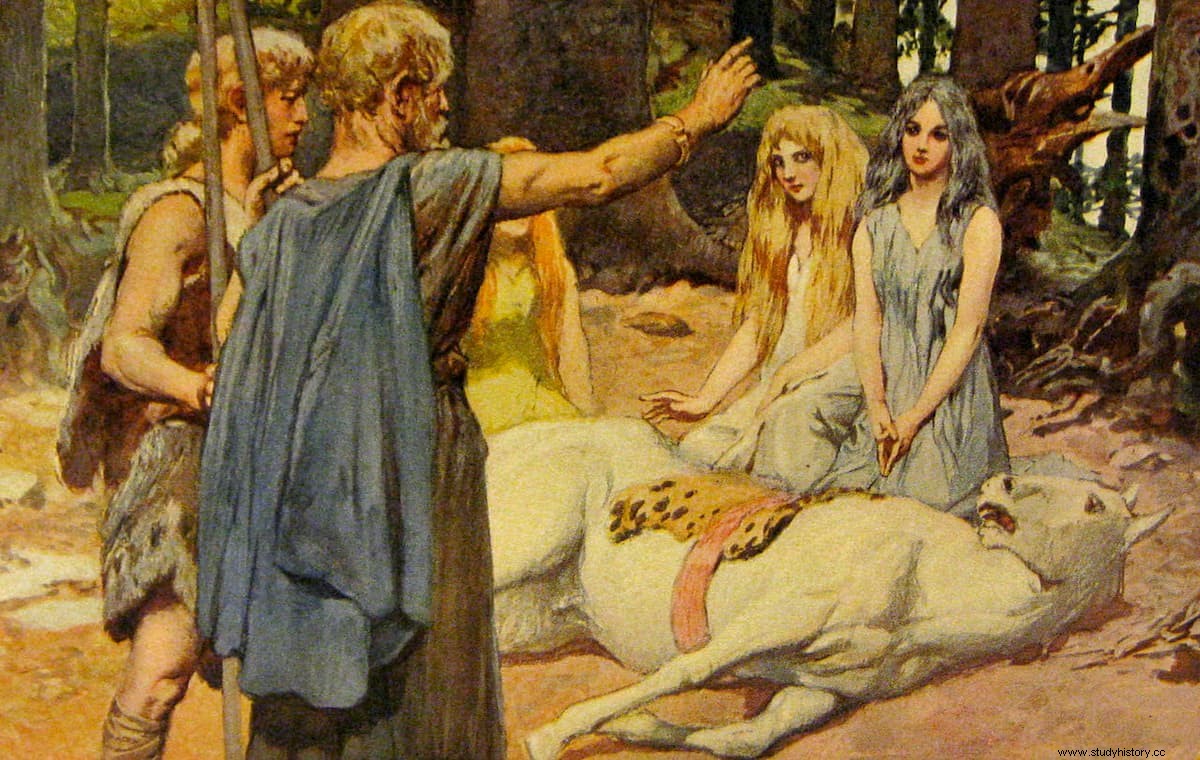
The second spell tells of how a character named Phol (also called Uolla or Balder) rides alongside his father Wotan (the German equivalent of Odin) when the first's foal sprains a leg. This gives way to an incantation to cure him, invoking Sinthgunt (the sister of Sunna, the Sun) the power of the aforementioned god and his wife (Frîja -or Freya, in its Nordic version-). He says like this:
It can be translated like this:
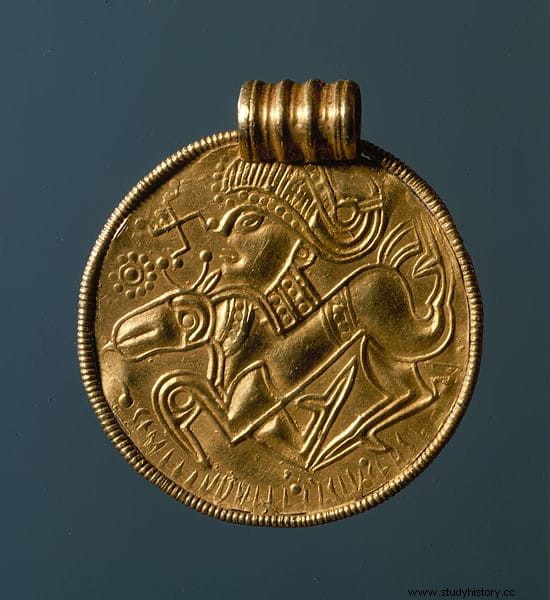
The subject of healing spells - almost always involving horses - was quite popular and abounded in Saxon artistic iconography. In fact, earlier samples are preserved chronologically but with the particularity of not appearing in writing but represented in scenes depicted, for example, in offerings:many bactreats (medals generally made of gold from Roman coins that the Germans used to wear as amulets between the centuries V and VII AD) had this ornamental motif, either with the lame equine, or with a human head (actually Wotan's) on the rump, sometimes adorned with other elements such as birds, swastikas, runes, crosses, etc.
This thematic tradition continued during the Middle Ages and even spread to other fields, such as Scandinavian, Christian and Vedic, among others. Only the most famous case was the Merseburg Enchantments for a special reason:in 1842, a year after their discovery, the famous Jacob Grimm published them under the title Über zwei entdeckte Gedichte aus der Zeit des deutschen Heidenthums (About two poems discovered from the time of German paganism) and later, together with his brother Ludwig, he incorporated them into his Deutsche Mythologie , reaching great diffusion.
